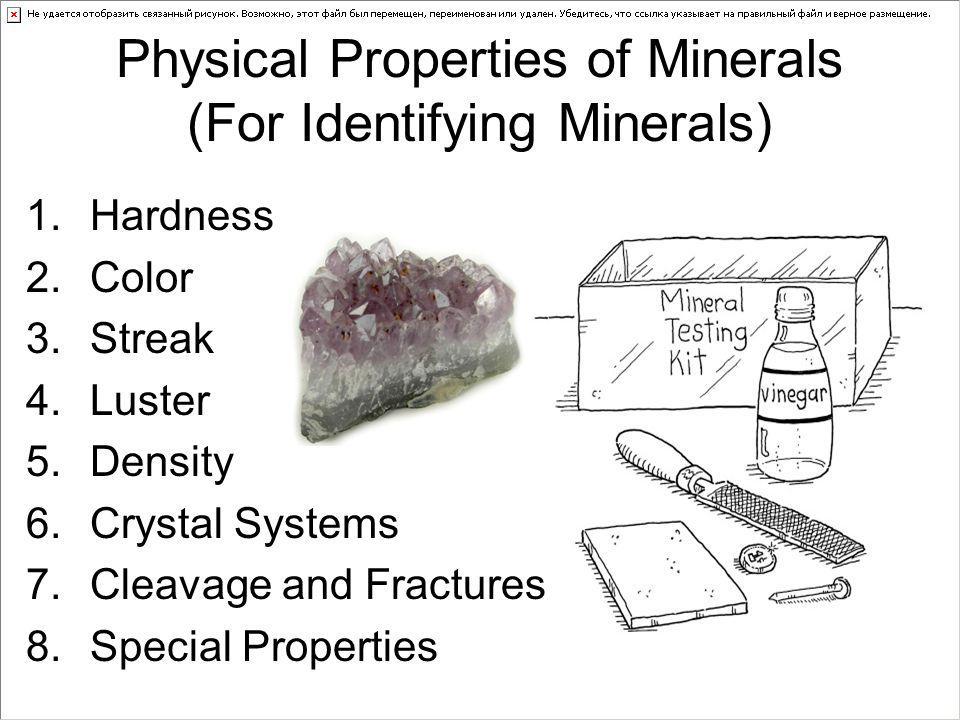What Are The Physical Properties Of Minerals
What Are The Physical Properties Of Minerals - Web There are many physical properties of minerals that are testable with varying degrees of ease including color crystal form or shape hardness luster or shine density and cleavage or fracture how the mineral breaks In addition many minerals have unique properties such as radioactivity fluorescence under black light or reaction to Web Minerals can be identified using a number of properties These include physical and chemical properties such as hardness density cleavage and colour crystallography electrical conductivity magnetism radioactivity and fluorescence
What Are The Physical Properties Of Minerals

What Are The Physical Properties Of Minerals
;Some of the mineral properties that are useful for identification are as follows: color, streak, lustre, hardness, crystal habit, cleavage/fracture, density and a few others. Colour For most of us, color is one of our key ways of identifying objects. The physical properties of minerals include name, crystal system, color as it appears to the naked eye, streak by rubbing on streak plate, luster, hardness on the Mohs scale, and average specific gravity. The chemical properties comprise chemical formula and the proportion of elements in the purest form of the minerals.
Mineral Properties The Australian Museum
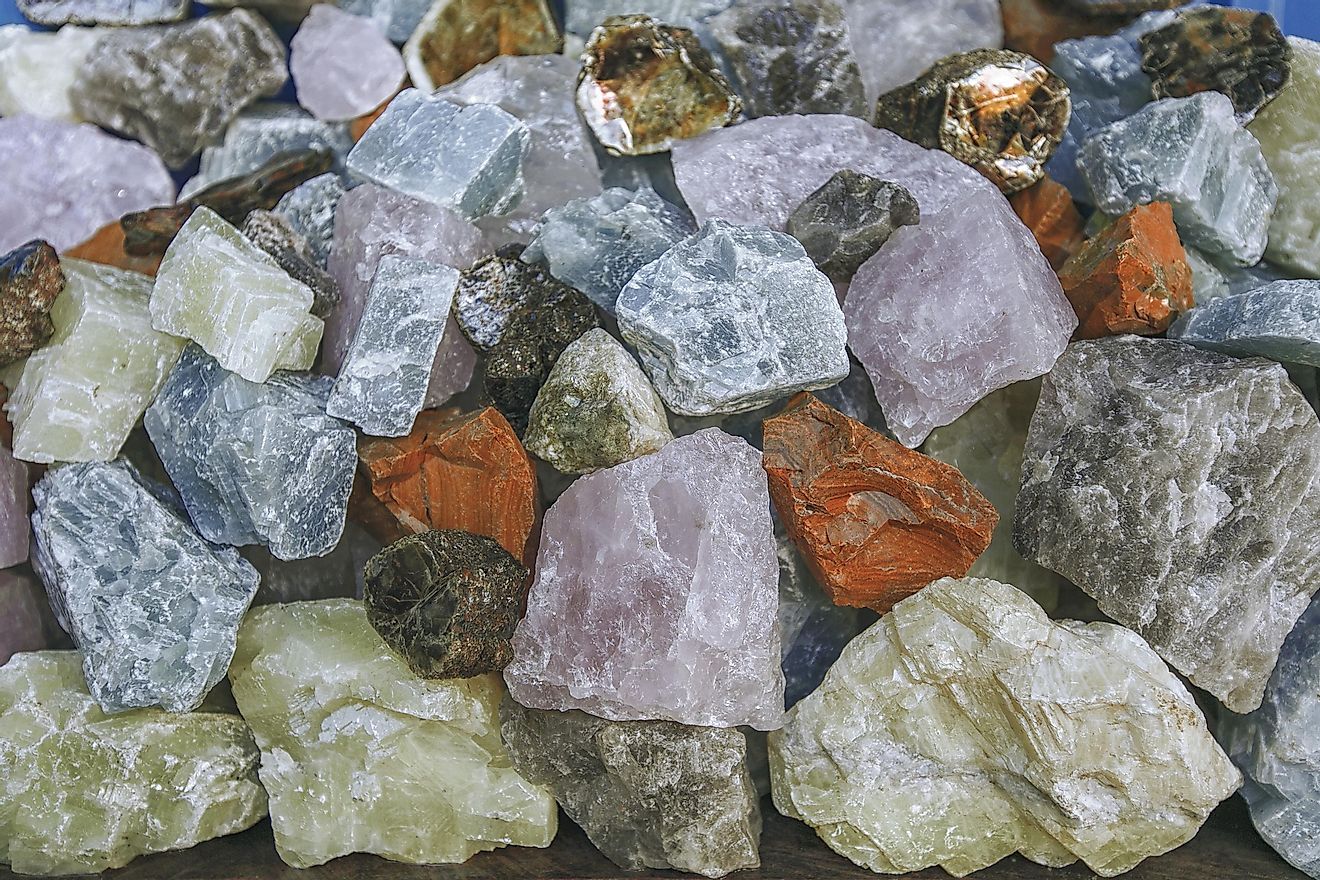
Physical Properties Of Minerals Forestry Bloq
What Are The Physical Properties Of MineralsChapter 1. Minerals Physical Properties of Minerals Identifying a mineral is a little like playing detective. Minerals are identified by their physical properties. How would you describe the mineral making up the sample in Figure 1.2? You might say that it is shiny, gold, and shaped like cubes. Each of these characteristics is a physical property. Web Apr 23 2023 nbsp 0183 32 Physical properties of minerals are directly related to their atomic structure bonding forces and chemical composition Bonding forces as electrical forces exist between the atoms and ions are related to the type of elements and the distance between them in the crystalline structure
;Mineral, naturally occurring homogeneous solid with a definite chemical composition and a highly ordered atomic arrangement. Usually formed by inorganic processes, there are several thousand known mineral species, about 100 of which constitute the major mineral components of rocks. Lesson 1 At How To Study And Identify The Minerals Samples
Physical Property Of Minerals An Overview ScienceDirect
6 6 C Properties Of Minerals Quiz Quizizz
We do this by examining the physical properties of the mineral, which include: Color: the color of the mineral. Streak: the color of the mineral’s powder (this is often different from the color of the whole mineral). Luster: shininess. Density: mass per volume, typically reported in "specific gravity," which is the density relative to water. PPT Chapter Outline Preview Of Properties Of Minerals Lab Exercise
We do this by examining the physical properties of the mineral, which include: Color: the color of the mineral. Streak: the color of the mineral’s powder (this is often different from the color of the whole mineral). Luster: shininess. Density: mass per volume, typically reported in "specific gravity," which is the density relative to water. What Are The 8 Physical Properties Of Minerals JacAnswers Chemical And Physical Properties Of Minerals Used For Solid Surface
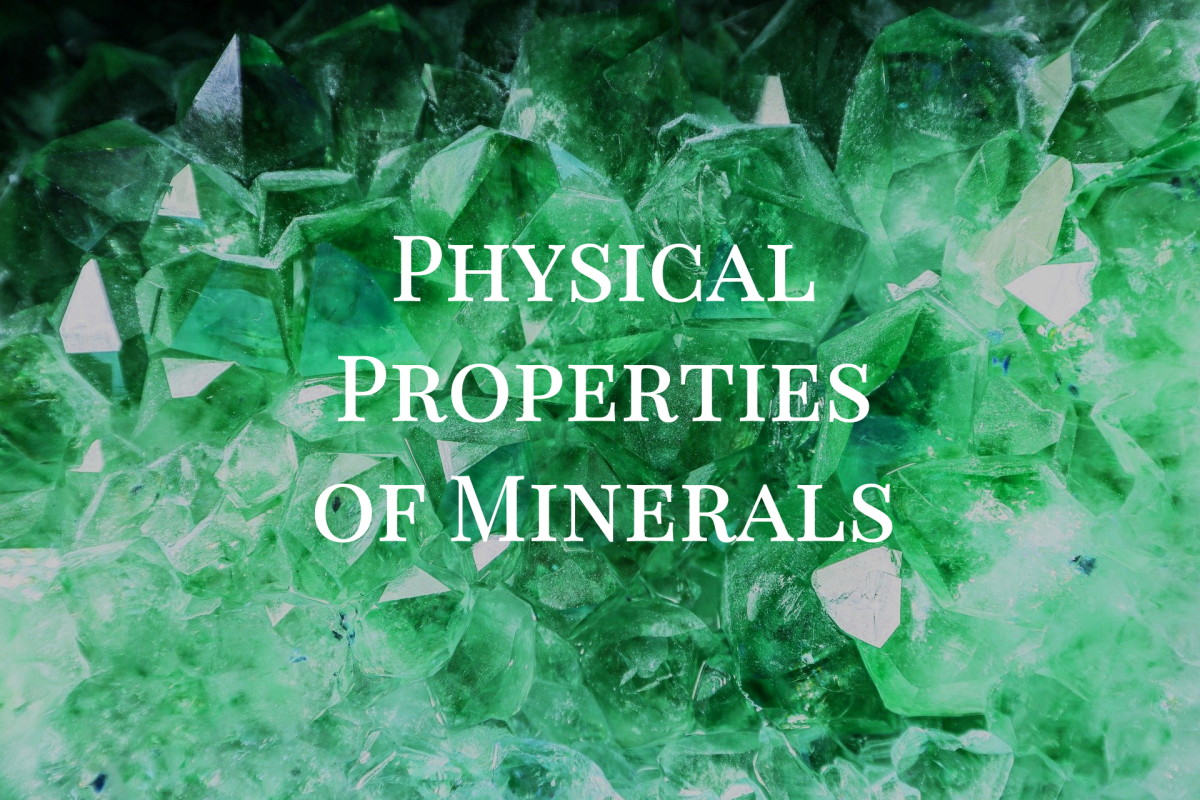
7 Physical Properties Of Minerals Used To Identify Them Owlcation
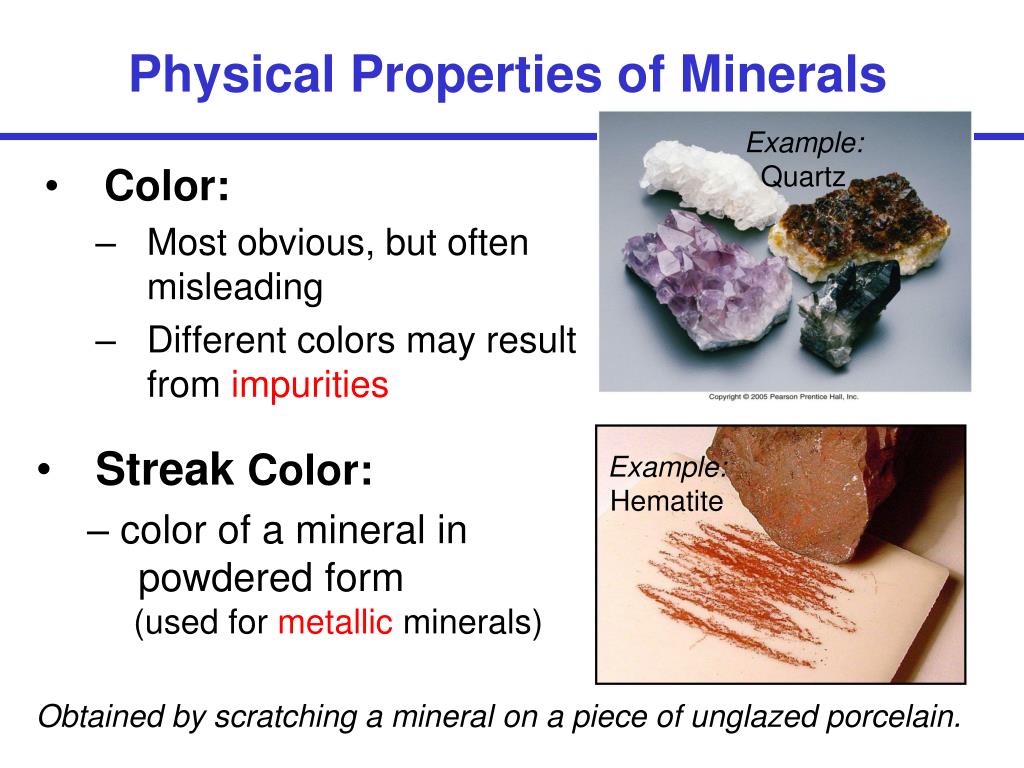
PPT Chapter Outline Preview Of Properties Of Minerals Lab Exercise

How Can Physical And Chemical Properties Of Minerals Be Used For Their

PPT Minerals Physical Properties PowerPoint Presentation Free
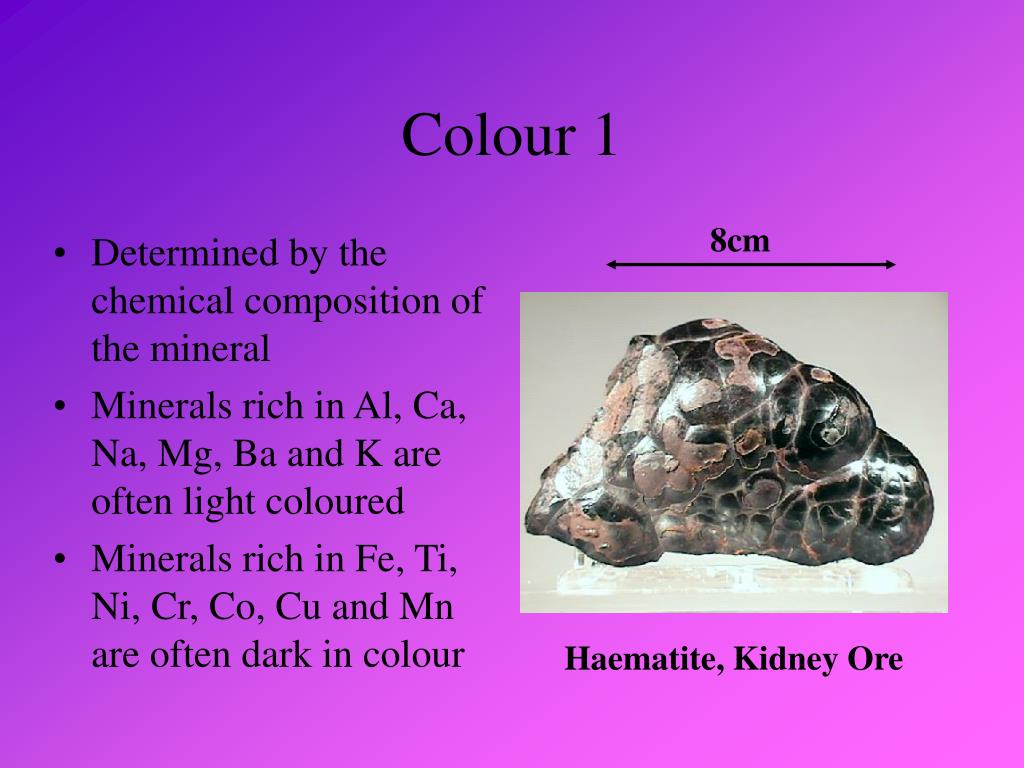
PPT The Physical Properties Of Minerals PowerPoint Presentation Free

Twelve Kinds Of Rock Mineral s Physical Properties Download
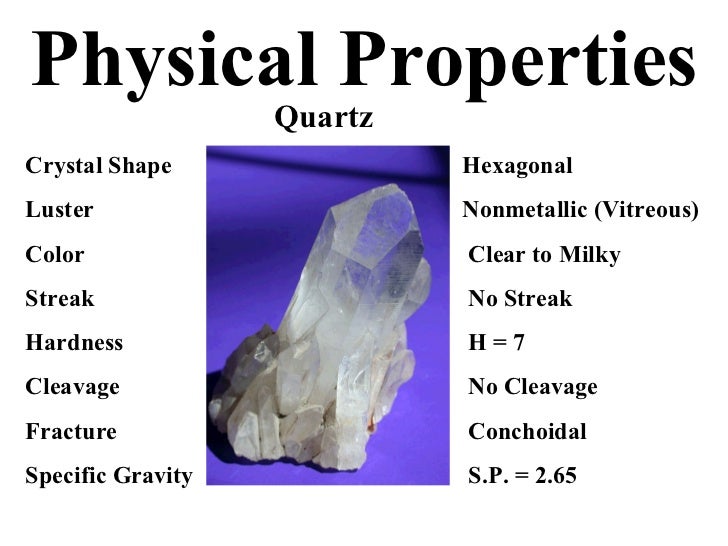
Minerals Physical Properties
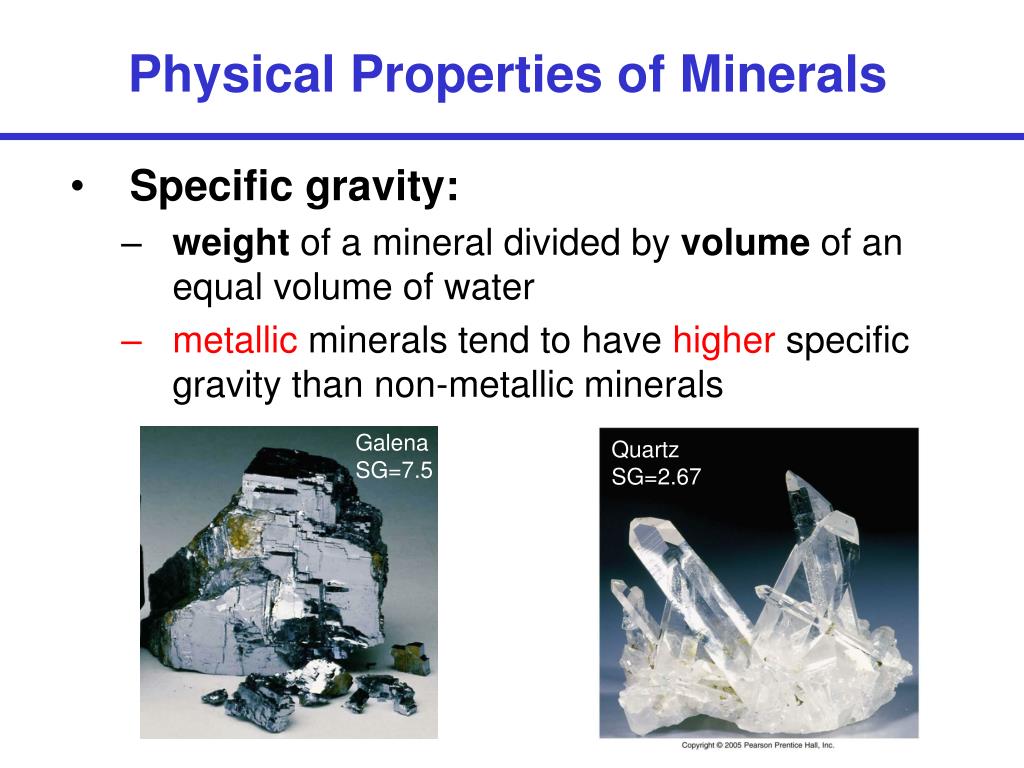
PPT Chapter Outline Preview Of Properties Of Minerals Lab Exercise
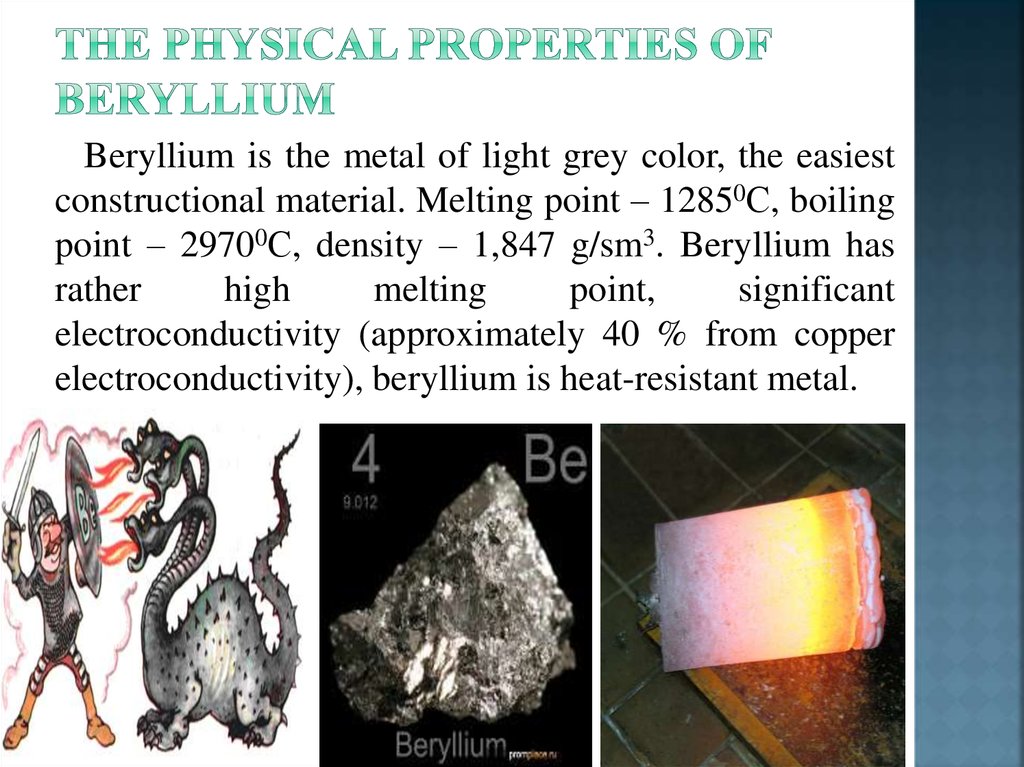
Beryllium The Physical Properties Of Beryllium Online Presentation

Physical Properties Of Matter Anchor Chart Using Your 5 Senses
